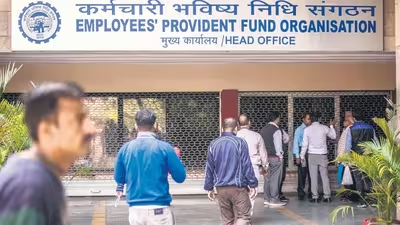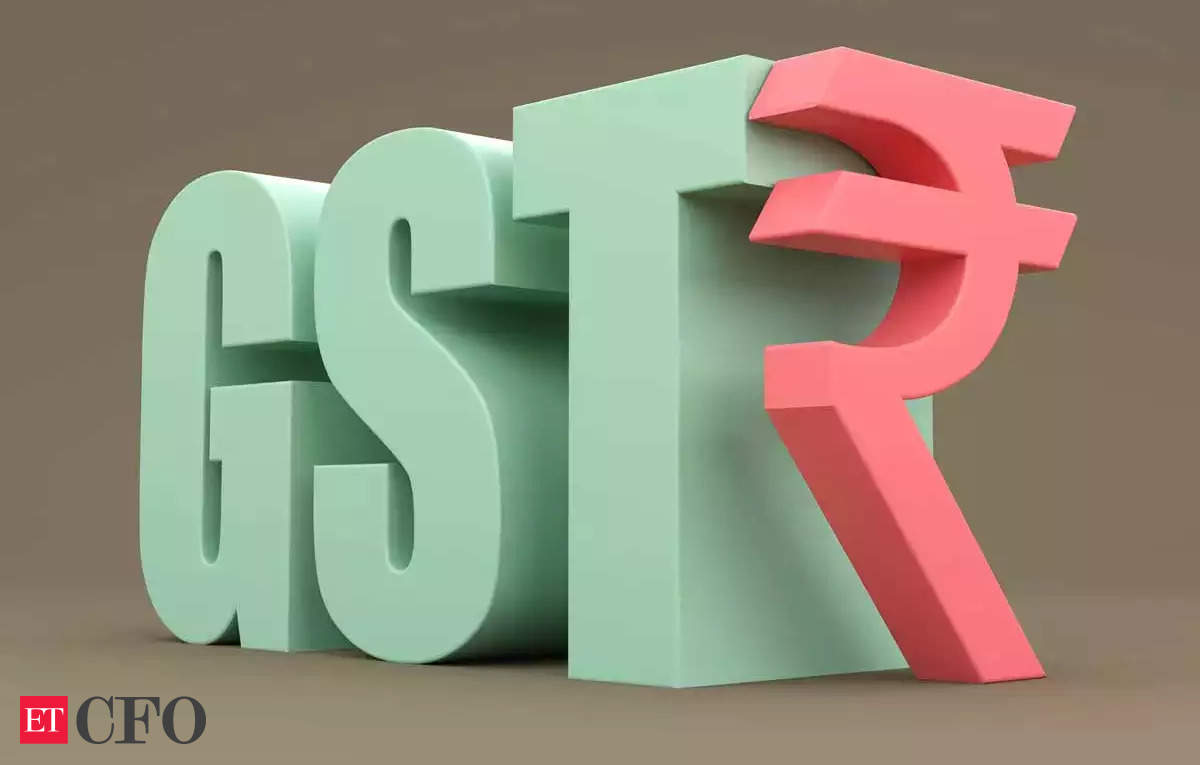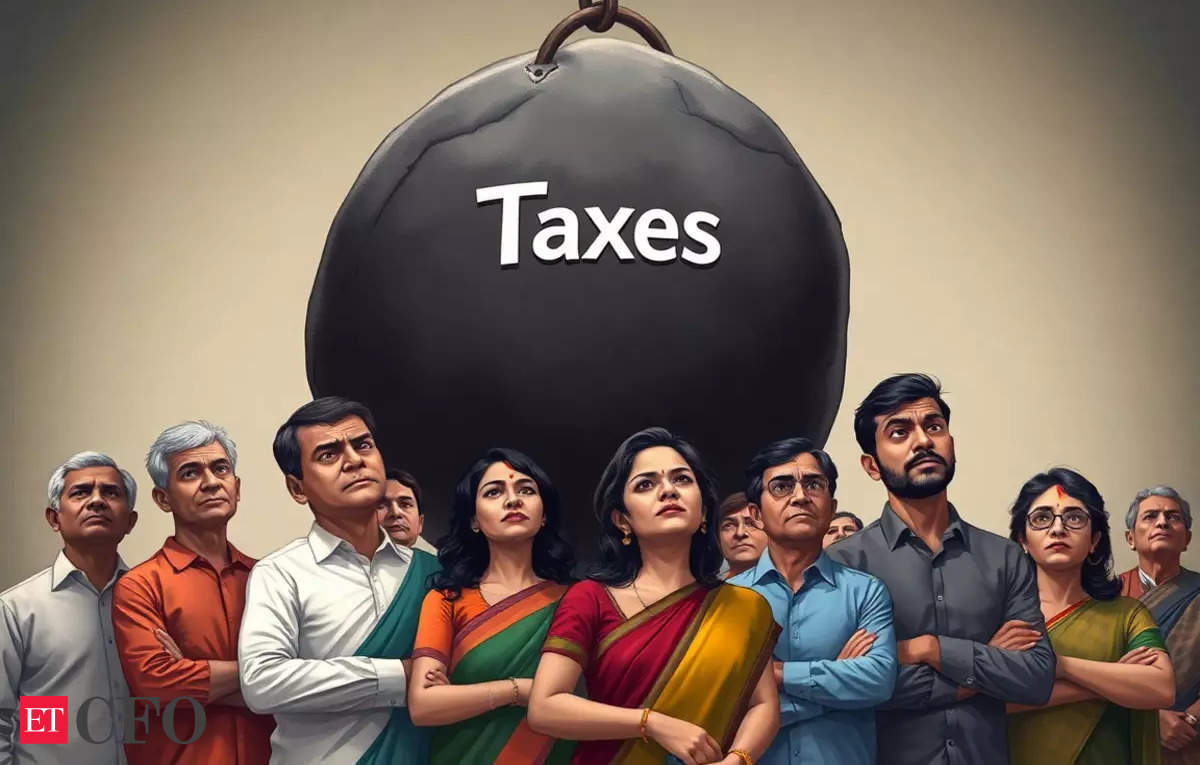Employees Provident Fund (EPF) withdrawals get different tax treatments based on various factors, so understanding this is important to avoid unexpected tax liabilities and plan your finances accordingly.
What is Employees Provident Fund (EPF)?
Employees Provident Fund (EPF) is a retirement savings scheme for employees.
Though it gives tax benefits during the contributing phase, there are some tax implications that arise when withdrawing the accumulated amount. This is dependent on the purpose and duration of employment.
What are the tax benefits arising out of EPF?
From the employee’s side, the contribution made can be a deduction under section 80c of the Income Tax Act, 1961. However, this has an upper limit of ₹1.5 lakh.
From the employer’s side, a contribution up to 12% of the employee’s salary is exempt from tax.
How is EPF taxed currently?
Any interest on an amount of EPF contribution with exceeds ₹2.5 lakh would be taxed, following the amendment made in The Finance Act 2021.
However, if the employee is solely making EPF contributions and the employer isn’t, then the upper limit of the interest amount not getting taxed gets increased from ₹2.5 lakh to ₹5 lakh
Also, any interest earned on the contribution more than 9.5% per annum will also be taxable
When it comes to employer’s contribution, any amount over ₹7.5 lakh would also be taxed under section 17(2) (ia) r.w. Rule 3B of the Income Tax Rules
If a lump sum amount is received by the employee from the EPF, it would be exempt from being taxed, provided that the employee has completed five or more years of continuous service, under section 10(12) of the Income Tax Act, 1961.
However, there are also provisions to make the exemption still applicable under the following circumstances:
- The employee got terminated from service due to ill health.
- Causes beyond the employee’s control, such as when the employer’s business gets discontinued.
- The employee gets employed elsewhere and the EPF balance gets transferred to the new employer.
What is the tax deducted at source (TDS) treatment for EPF?
A 10% TDS amount will be deducted if an employee withdraws an amount equal to or more than ₹50,000, having served for less than 5 years.
This is if Form-15G/15H is not submitted and PAN is submitted, according to the report, which added that a 39% TDS amount (Maximum Marginal Rate) will be deducted if PAN is not submitted.
Visit www.cagurujiclasses.com for practical courses











